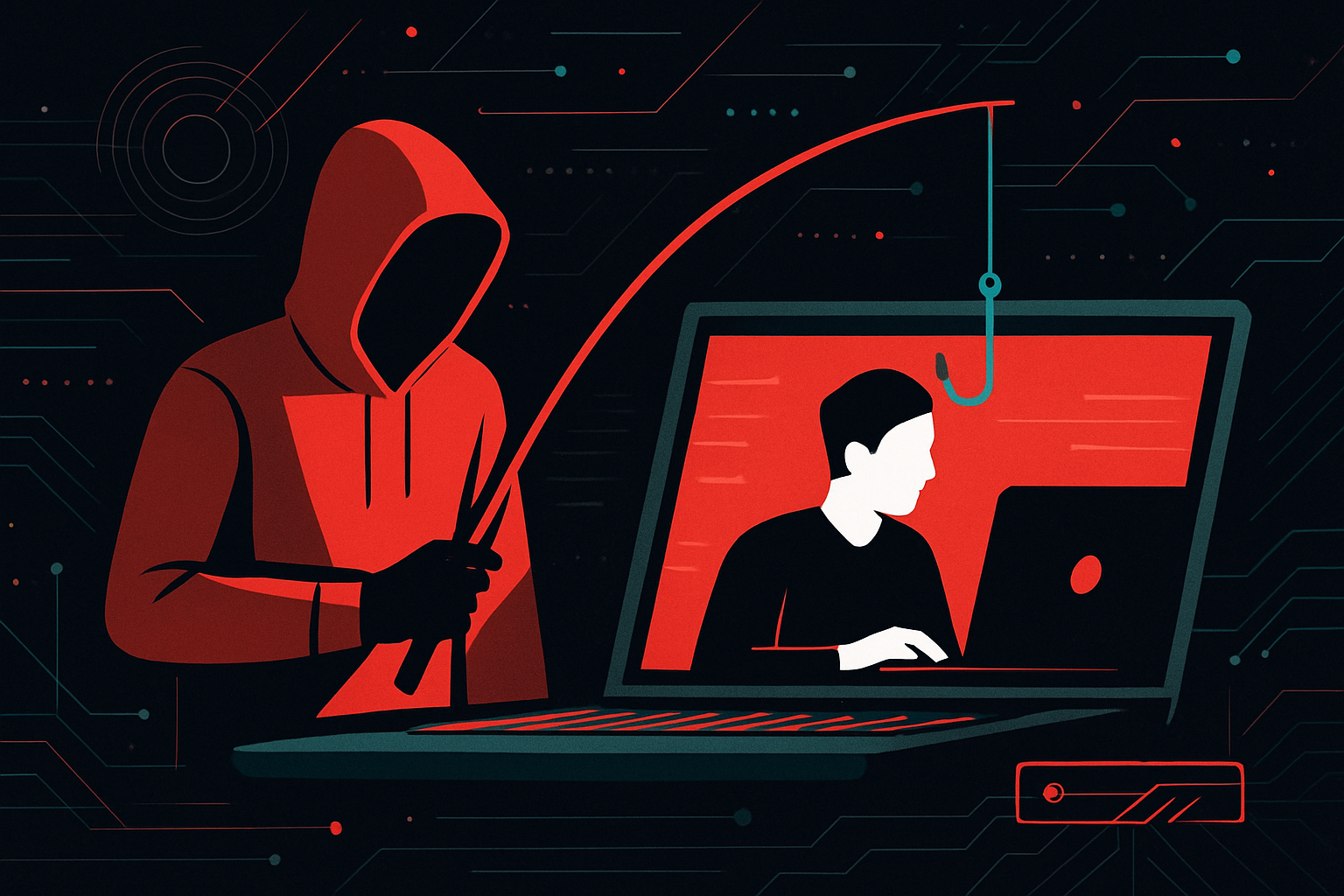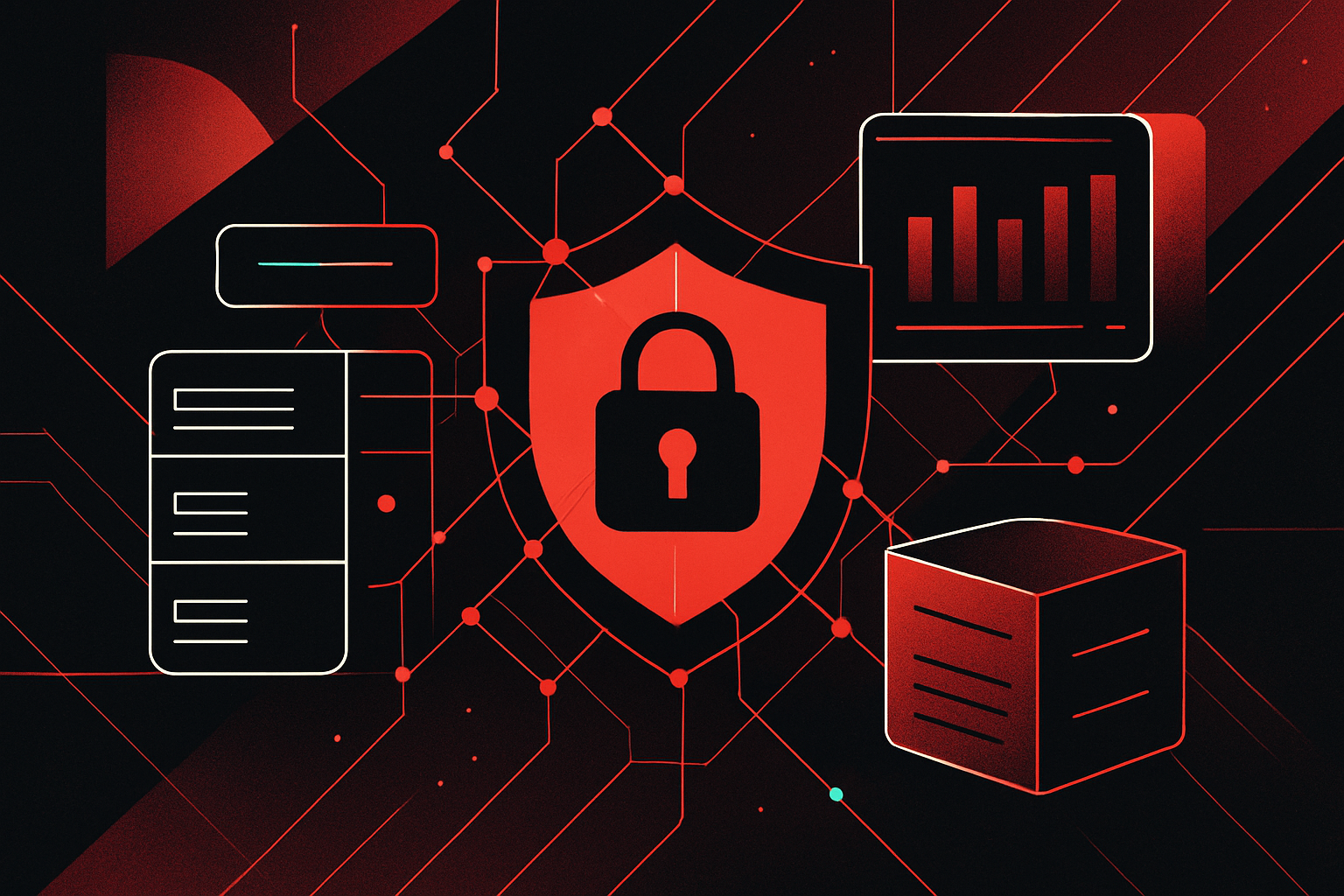Social Engineering Attacks: How to Train Your Employees

Understanding Social Engineering Attacks
Social engineering attacks exploit human psychology to manipulate individuals into divulging confidential information or performing actions that compromise security. Unlike technical attacks, these rely on deception, trust, and urgency. Common attack vectors include phishing, pretexting, baiting, tailgating, and quid pro quo schemes.
Common Types of Social Engineering Attacks
| Attack Type | Description | Example |
|---|---|---|
| Phishing | Fraudulent emails or messages tricking users into revealing info | Fake email from “IT” requesting a password |
| Spear Phishing | Targeted phishing at specific individuals or roles | Email to finance staff with fake invoice link |
| Pretexting | Attacker fabricates a scenario to obtain information | Caller claims to be from HR needing details |
| Baiting | Luring victims with something enticing (USB, downloads) | USB drive labeled “Confidential” in office |
| Tailgating | Unauthorized person gains physical access by following others | Someone follows employee into secure area |
| Quid Pro Quo | Promise of benefit in exchange for information | “IT” offers help in exchange for credentials |
Key Signs of a Social Engineering Attempt
- Unsolicited requests for sensitive information
- Messages creating a sense of urgency or fear
- Requests for credentials or financial data via email or phone
- Unusual sender addresses or URLs
- Suspicious attachments or links
Employee Training: Practical Steps
1. Regular Security Awareness Training
- Conduct quarterly training sessions covering latest threats.
- Use real-world examples and case studies.
- Include interactive elements (quizzes, simulations).
2. Simulated Phishing Campaigns
Run controlled phishing email simulations to assess employee awareness.
Step-by-Step: Running a Phishing Simulation
# Use GoPhish, an open-source phishing framework
# 1. Install GoPhish
wget https://github.com/gophish/gophish/releases/download/v0.12.1/gophish-v0.12.1-linux-64bit.zip
unzip gophish-v0.12.1-linux-64bit.zip
cd gophish
# 2. Start GoPhish server
./gophish
# 3. Access web UI at https://localhost:3333
# 4. Create a campaign: Set up email template, landing page, and recipient list
# 5. Launch the campaign and monitor results
3. Establish Clear Reporting Procedures
- Define how employees should report suspected attacks (e.g., dedicated email or hotline).
- Encourage immediate reporting without fear of reprisal.
- Conduct debriefs after incidents to reinforce learning.
4. Reinforce Password Hygiene
- Teach the importance of unique, complex passwords.
- Demonstrate use of password managers.
- Enforce multi-factor authentication (MFA) wherever possible.
5. Role-Based Training
| Role | Key Training Focus |
|---|---|
| Executives | Targeted spear phishing, business email compromise |
| Admin Staff | Handling sensitive data, verifying requests |
| IT Personnel | Technical pretexting, USB baiting awareness |
| Finance | Invoice fraud, CEO fraud, payment authorization |
6. Physical Security Drills
- Simulate tailgating or badge-check scenarios.
- Train staff to challenge unknown individuals.
- Review procedures for lost or stolen access cards.
Technical Controls Supporting Training
| Control | Purpose | Implementation Example |
|---|---|---|
| Email Filtering | Block phishing, malware | Use SPF, DKIM, DMARC; spam filters |
| Web Proxy/URL Filtering | Prevent access to malicious sites | Block known phishing domains |
| User Behavior Analytics | Detect unusual user actions | Monitor logins, data access patterns |
| Endpoint Protection | Block malicious attachments, devices | Antivirus, USB port restrictions |
Example: Identifying a Phishing Email
- Check sender address:
[email protected]vs[email protected] - Hover over links before clicking:
- Displayed:
https://securebank.com/reset - Actual:
http://malicious-site.com/collect - Look for generic greetings: “Dear User” instead of your name
- Scrutinize urgent requests: “Your account will be locked in 24 hours”
Quick Reference: Social Engineering Defense Checklist
| Action | Frequency | Responsible Party |
|---|---|---|
| Security training sessions | Quarterly | HR, IT Security |
| Simulated phishing tests | Monthly/Quarterly | IT Security |
| Password policy reviews | Annually | IT Security |
| Incident reporting refresher | Semi-Annually | All Staff |
| Physical security audits | Annually | Facilities, Security |
Sample Communication Policy for Employees
- Never share passwords or MFA codes with anyone, even IT staff.
- Verify requests for sensitive information via a known, trusted channel.
- Report any suspicious email or activity immediately.
- Challenge individuals without proper identification in restricted areas.
Code Snippet: Verifying Email Sender in Outlook (VBA Macro Example)
Sub CheckSenderEmail()
Dim mail As Outlook.MailItem
Set mail = Application.ActiveExplorer.Selection.Item(1)
MsgBox "Sender Email Address: " & mail.SenderEmailAddress
End Sub
This simple macro displays the sender’s real email address, helping employees validate message authenticity.
Summary Table: Training Best Practices
| Practice | Description | Outcome |
|---|---|---|
| Frequent, varied training | Keeps staff updated on latest threats | Increased awareness |
| Realistic simulations | Tests and reinforces knowledge | Identifies weaknesses |
| Clear policies | Sets expectations and reporting steps | Faster incident response |
| Technical controls | Supports human vigilance with automation | Reduced risk of compromise |




0 thoughts on “Social Engineering Attacks: How to Train Your Employees”